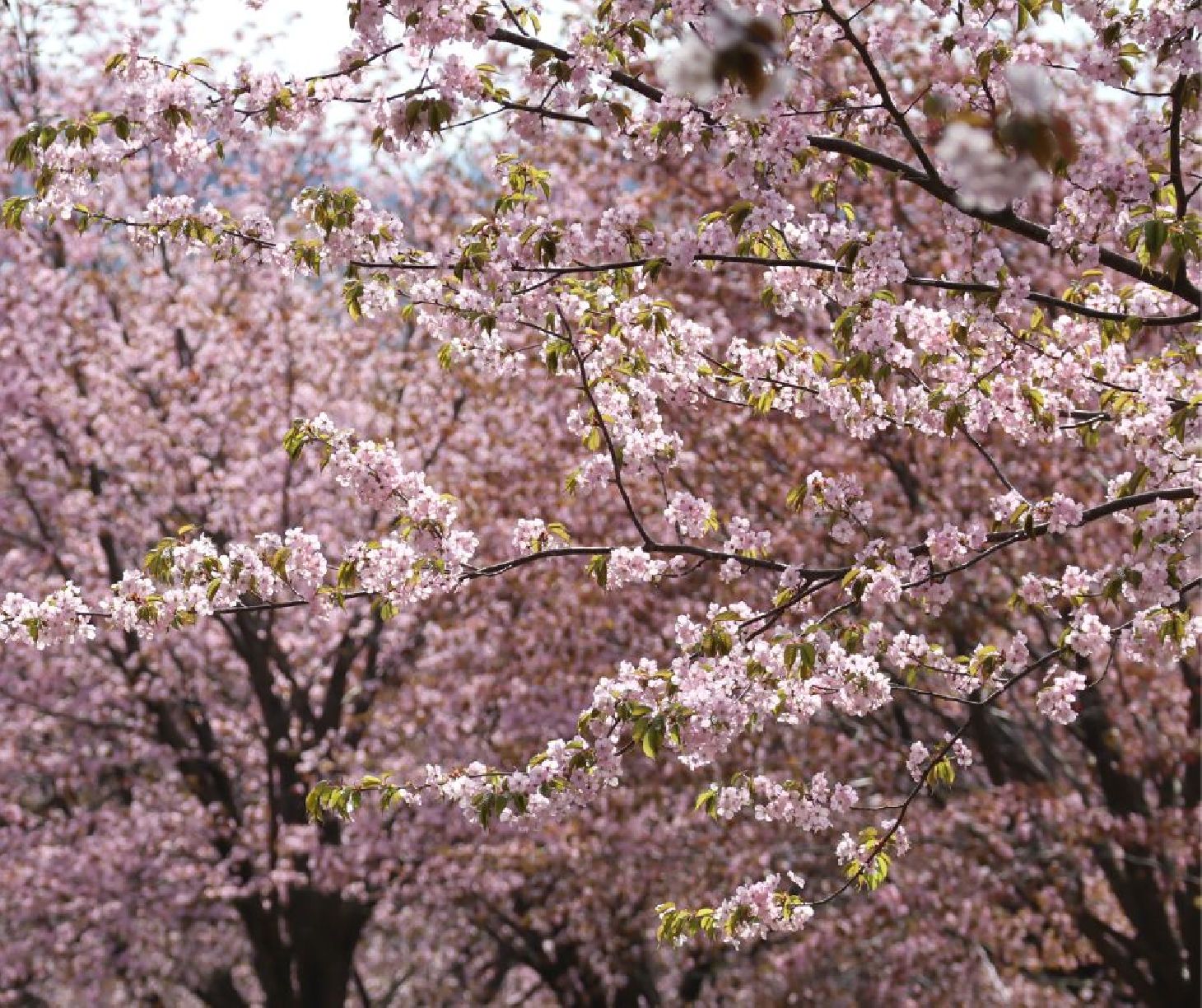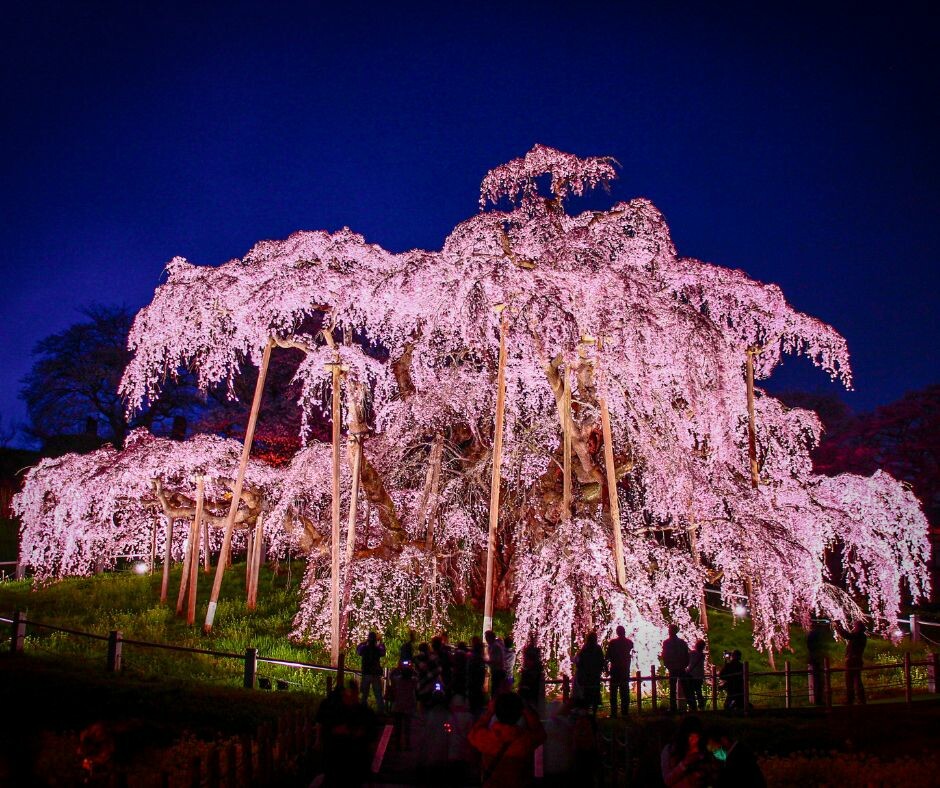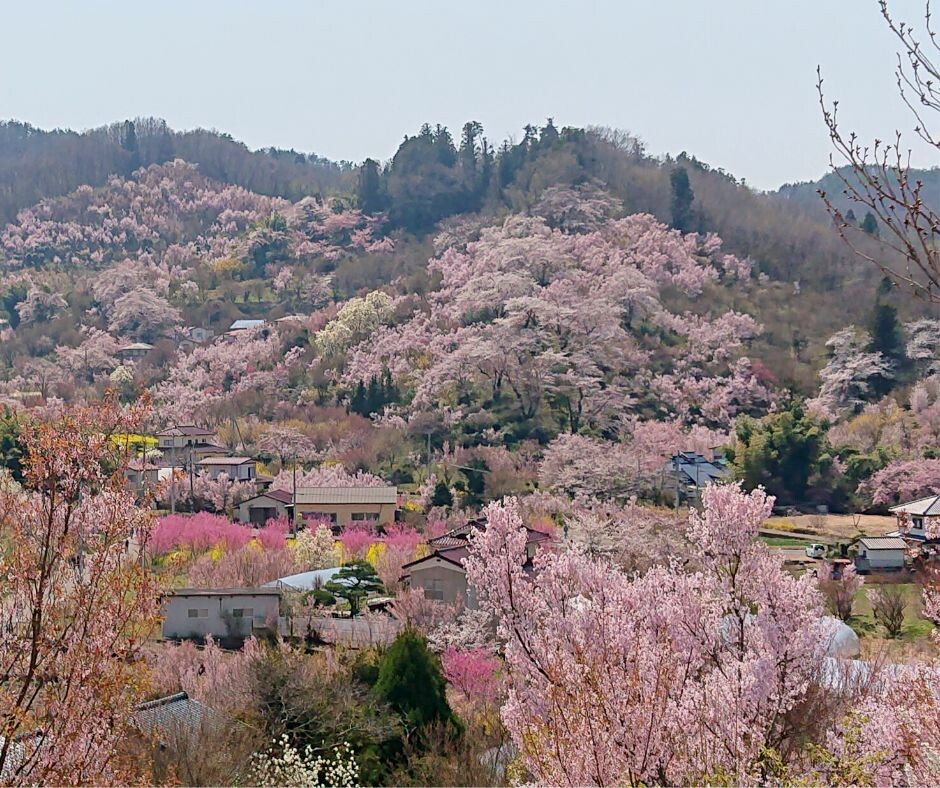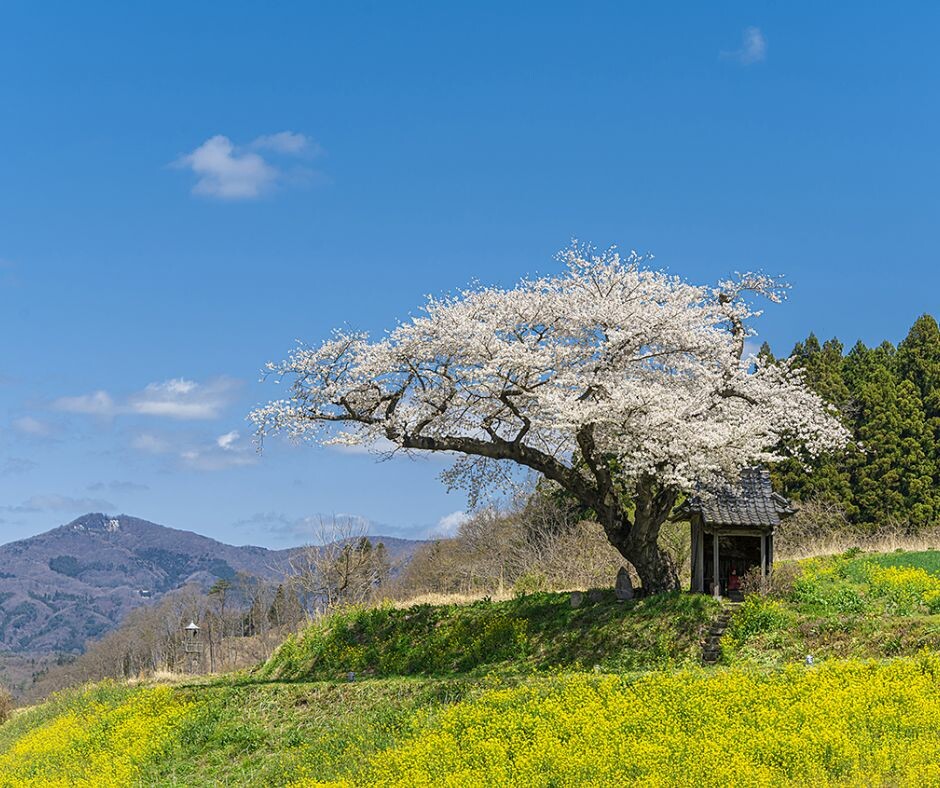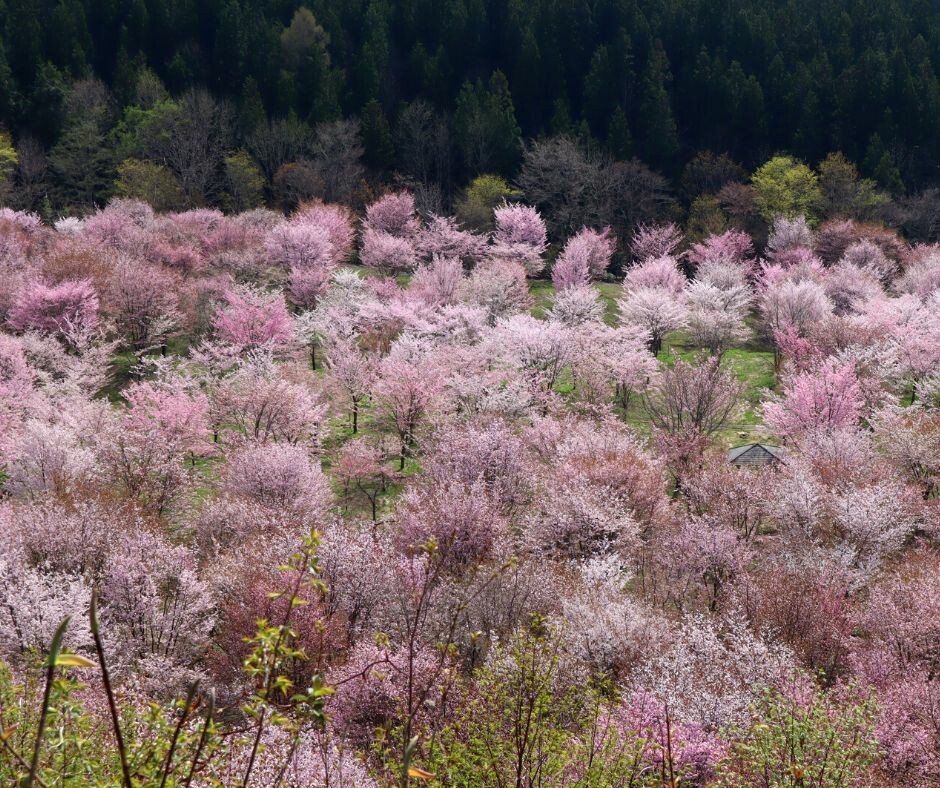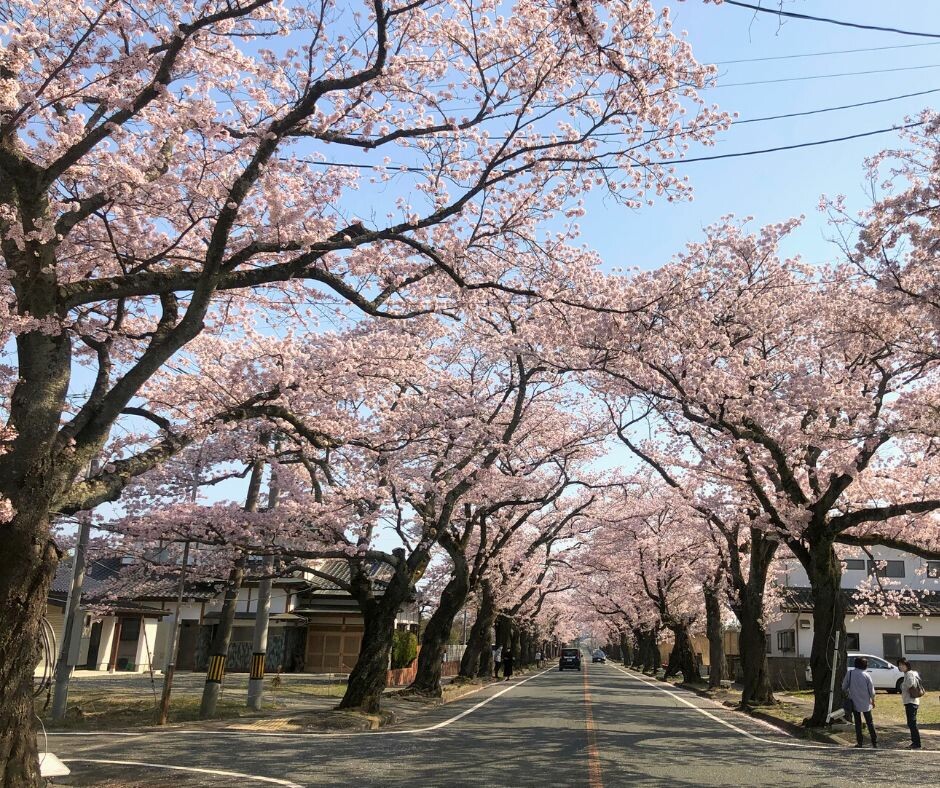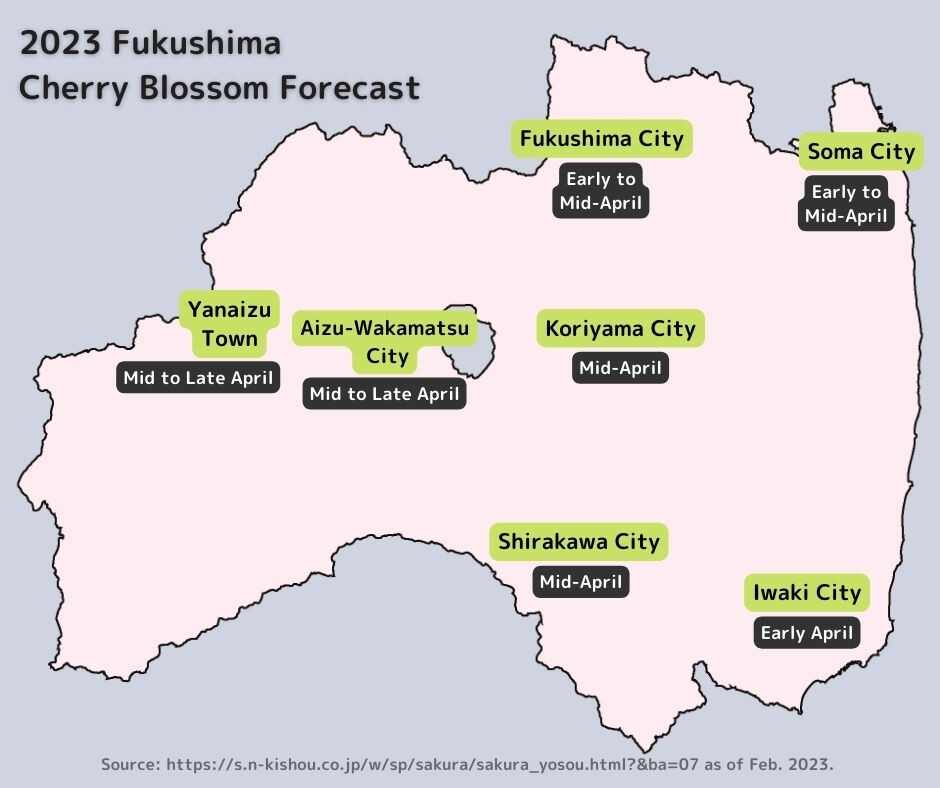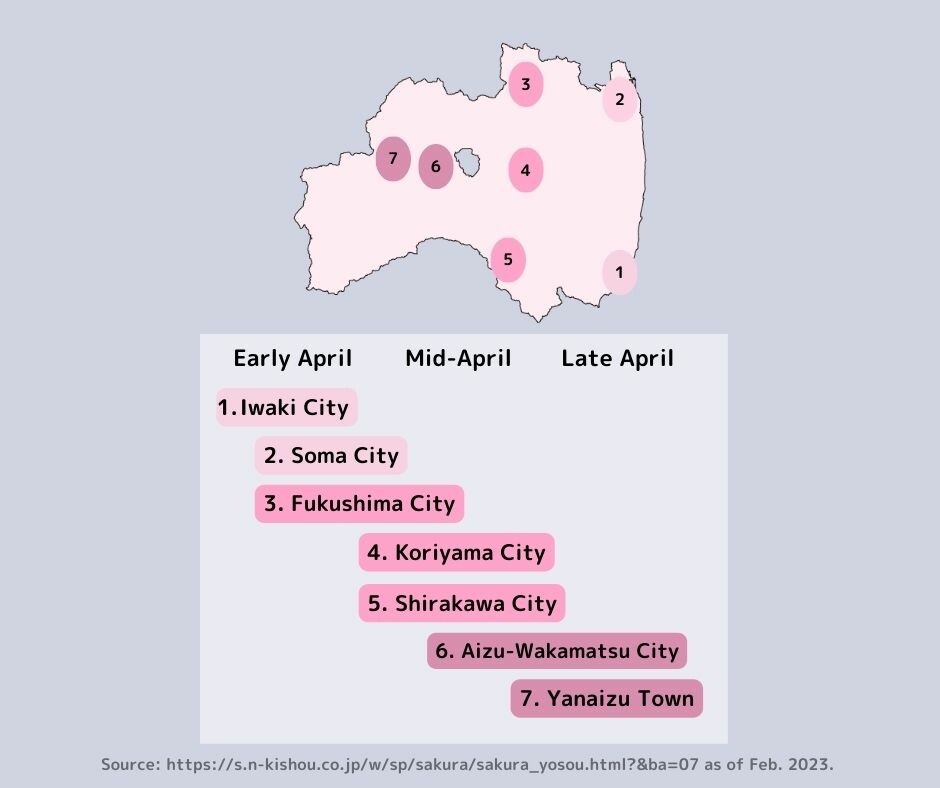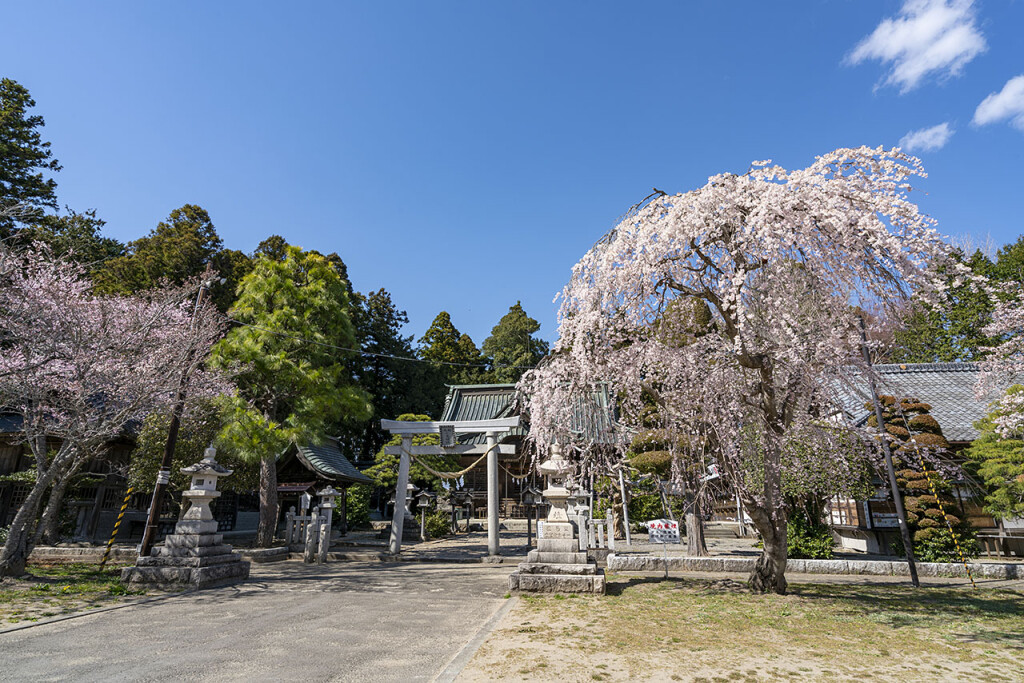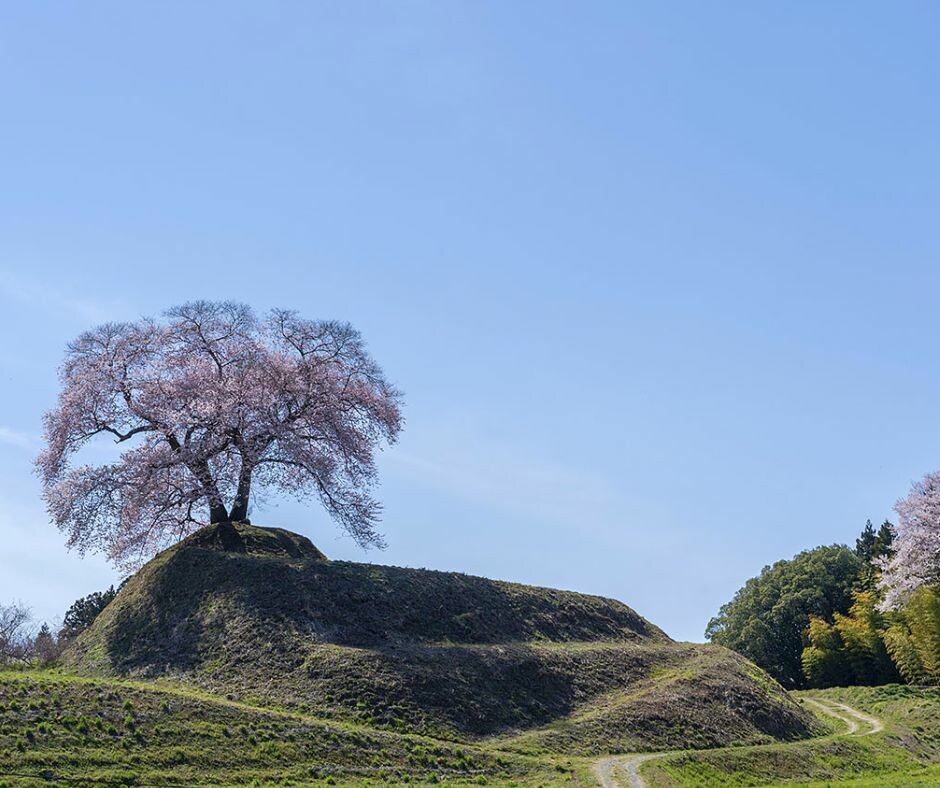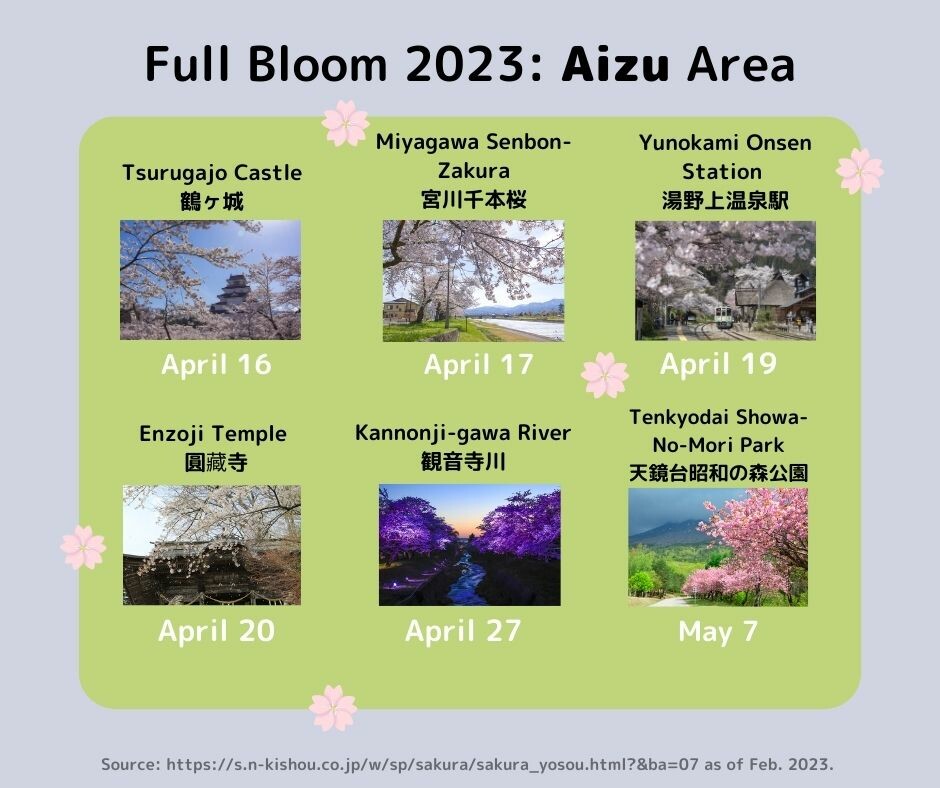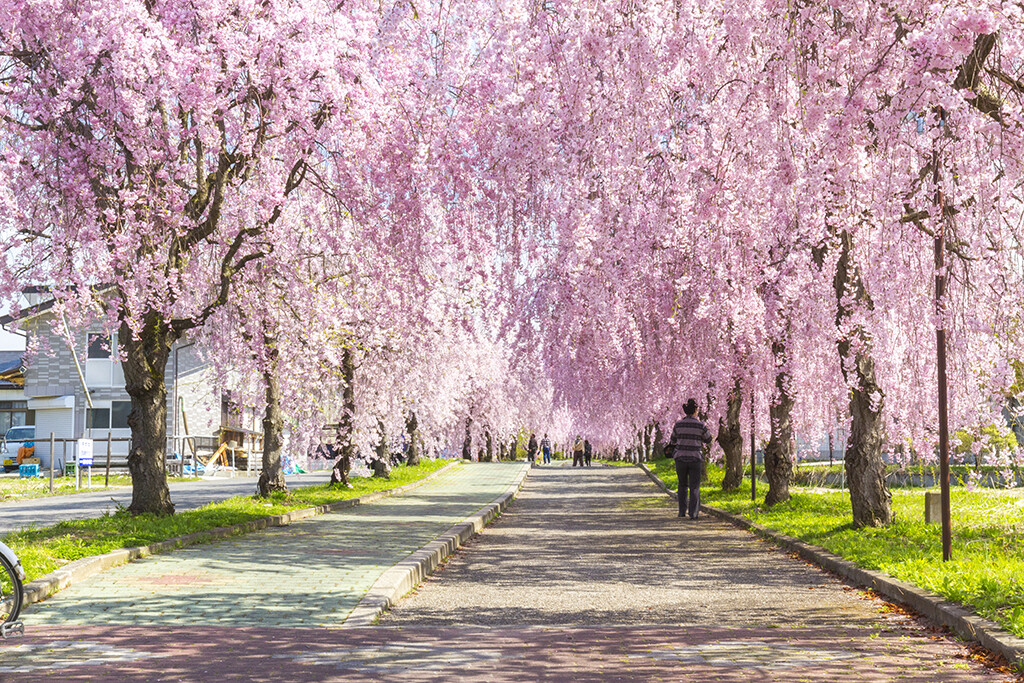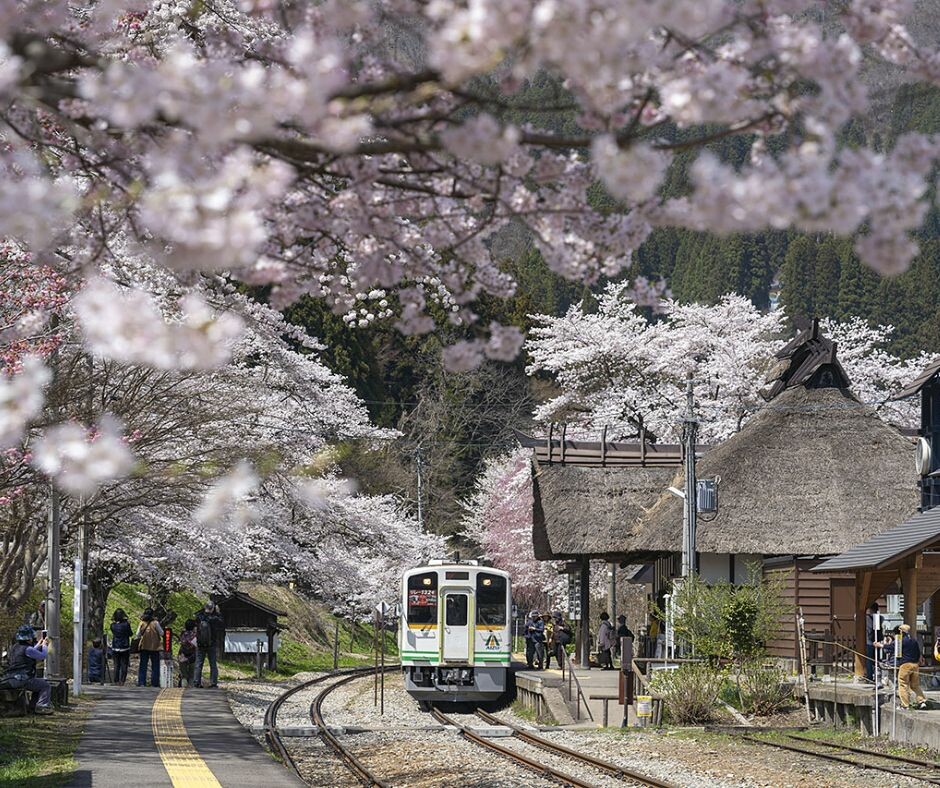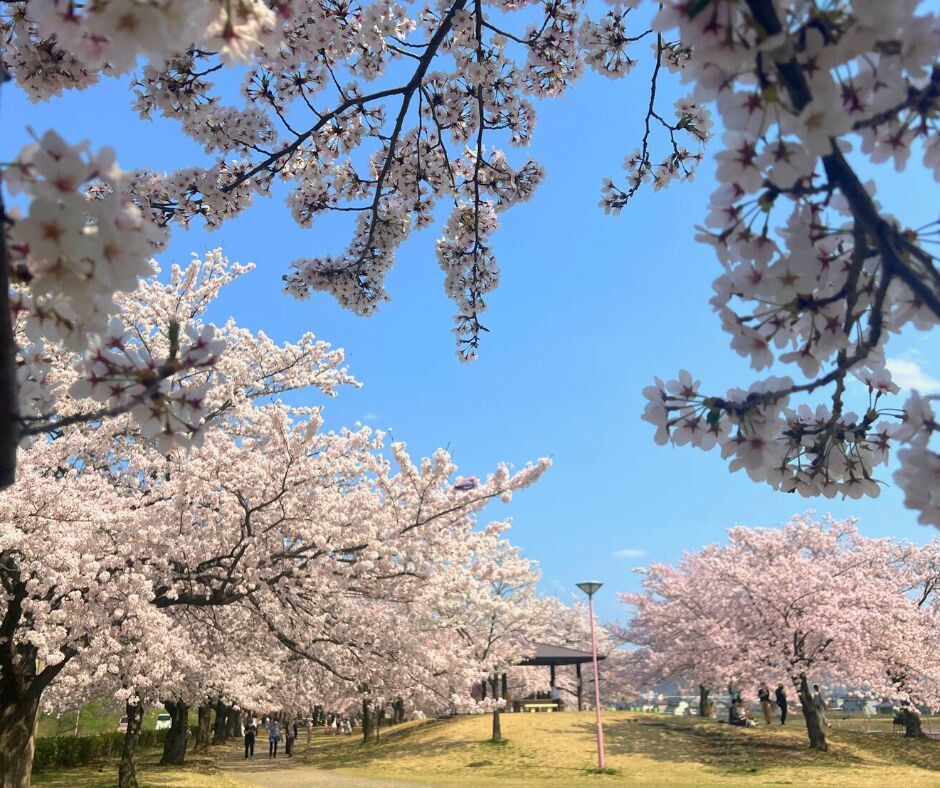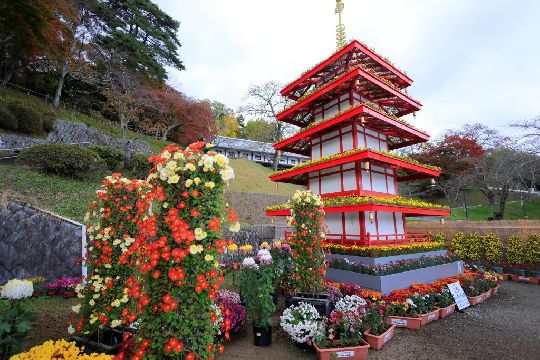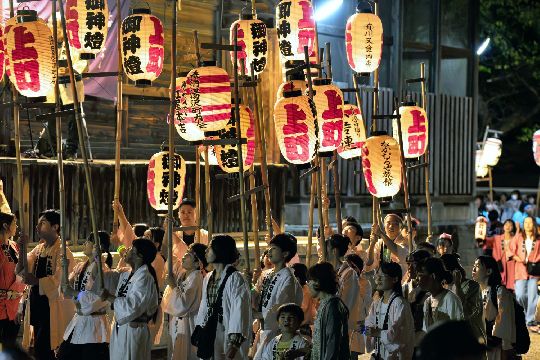Useful Information
The Guide to Every Fukushima Festival in 2025
Many visitors to Japan plan their trips to arrive in spring or autumn, and that’s very understandable; some of Japan’s best scenery can be enjoyed during April’s cherry blossom season or the beautiful autumn colours in October and November.But when friends or family ask me which I prefer, I have a different answer - for a chance at a genuinely unique Japan experience, you should base the timing of your trip around going to a major festival.Japanese festivals, routinely held once a year, are often grand showy events centred on some historical event or cultural phenomenon. They bring local people together and often function more like big parties, fostering a sense of community. Some of my favourite memories in Japan come from festivals, trying different food stalls or watching performances that can’t be seen any other time of the year.With that in mind, I went to every single major Fukushima festival (and some minor ones), and here is everything you need to know. Or: scroll to the bottom for my top picks of the can’t-miss events.(in chronological order: dates shown are the upcoming edition of the festival where known)Nanokado Hadaka Mairi Festival7 January every yearTranslating roughly as ‘the naked shrine visit on the 7th January’, this festival kicks the calendar year off in style. In the heart of winter in chilly Yanaizu Town, a group of men in nothing but loincloths climb hundreds of steps to the historic Enzoji Temple. Here, they climb a single rope to the top of the shrine, honouring an old legend of a community that banded together against a powerful dragon.The festival has a fantastic atmosphere, with crowds of people packing into Enzoji Temple’s small central hall to watch the chaos. Taking photos and videos is allowed, although it can get a little frantic, and tripods can’t be used in the main hall. Visitors can also participate, assuming they apply in advance.Also nearby: Tadami River Bridge No.1, Chansey Park Yanaizu, akabeko paintingAizu-Misato and Aizu-Bange Bale-Pulling Festivals11 January & 14 JanuaryHeld on the same dates every year, these raucous festivals centre around a great tug-of-war over a massive hay bale. Townspeople split into teams of two - east and west - and compete in three contests, with the winners said to predict whether business will prosper (east) or there will be a bountiful harvest (west).The Aizu-Bange festival, the later of the two, sees participants compete in loincloths, something of a running theme with Fukushima’s winter festivals.Iwaki Tsurushi-bina Matsuri1 week, late January - early FebruaryTaking place in the Nakanosaku area of Iwaki, located in the southeastern part of the prefecture, this event is the ideal time to explore the port town. Visitors can enjoy vibrant exhibitions of handcrafted dolls and traditional folk art made from chirimen fabric, commonly used in kimono making.The centerpiece of the event is at Seikokan, a historic residence where more than 3,000 fabric dolls are suspended from the eaves.On weekends, the area also features various stalls selling food and local goods.Also nearby: Fukushima Aquamarine, Shiramizu Amidado TempleAizu Painted Candle FestivalEarly FebruaryAlthough cancelled in 2025 due to heavy snow, Tsurugajo Castle and the nearby pleasant garden of Oyaku-en are lit up every year with tens of thousand of candles, some in gorgeous wooden cases or bamboo lanterns carved by talented local craftsmen. The beautiful night scenery makes for unforgettable photos, and the event combines well with the next two festivals, which take place on the same weekend.Ouchi-juku Snow FestivalEarly FebruaryDancing and drumming performances. Fireworks. Eating contests. Food stalls. And finally, a procession of men in loincloths marching through the snow with flaming torches. The Ouchi-juku Snow Festival is like several festivals rolled into one, taking place in one of Japan’s most scenic traditional villages.A community event first and foremost, this is an excellent event for families since most events feature some kind of crowd interaction, such as joining the dancing or drumming groups on stage to try the activity yourself. For some visitors the torch procession and fireworks display will be the main reason to go; the procession typically starts at 5pm, the fireworks at 6pm.Visitors may choose to stay at a nearby onsen town like Yunokami Onsen or Ashinomaki Onsen, but do keep in mind that bookings around festival time fill up quite quickly for these areas.Tadami Snow FestivalEarly FebruaryMost famous for its massive ice sculptures and projection mapping, the Tadami Snow Festival is the biggest event of the year for the small town of Tadami in western Fukushima. Like its older brother at Ouchi-juku, you can expect fireworks, food stalls and local crafts for sale.The event takes place in front of Tadami Station. Visitors travelling by car should be aware that heavy snow is possible and roads in the Tadami area can be narrow.Also nearby: Tadami River Bridge No.1 ViewpointShirakawa Daruma Market11 February every yearDaruma dolls, known as traditional symbols of good fortune, are closely associated with Shirakawa City, home to two prominent workshops where visitors can observe skilled artisans at work. Each year on February 11th, the city hosts this lively market that draws in thousands of people.The event features a vibrant atmosphere, with more than 500 stalls to explore. Daruma dolls are available in 18 different sizes; according to tradition, you fill in the left eye of the daruma while making a wish, and then complete the right eye once your wish comes true.Mt. Shinobu Waraji Procession - 'Akatsuki Mairi'Third Saturday of FebruaryThe ‘Akatsuki Mairi’ procession is a partner event of August’s major Waraji Festival, in which squads of locals carry massive sandals in honour of a deity said to protect farm workers. Here in mid-February, a similar crew come together – with anyone welcome to register and join – to carry the great sandal up to Haguro Shrine atop Mt. Shinobu.Previously the event was held on a weekday, but from 2025 was moved to the third Saturday of February to encourage more carriers for the giant sandal. I participated in 2025 and found it to be a fun community event with a great energy - albeit my shoulder was sore for about a week afterwards!Cherry Blossom FestivalsAprilFukushima is famous for its abundance of excellent cherry blossom areas – in fact, when we made our Google Maps list of notable spots, we were stunned at how many places you can see astonishing vistas throughout April and May. Given the prefecture’s massive width, you can see blossoms at full bloom somewhere in Fukushima for about six weeks in a row.Several of these famous cherry blossom spots around the prefecture hold cherry blossom ‘festivals’, typically involving late-night illuminations and food stalls. These include: Tsurugajo Castle, Kannonjigawa River in Inawashiro, the Nicchusen weeping cherry blossoms in Kitakita City, and the Yonomori sakura road in Tomioka Town.Soma Nomaoi FestivalLate MayThe Soma samurai clan once ruled the eastern part of Fukushima on the backs of their famous cavalry divisions, and the region has a rich horse-rearing heritage, celebrated in the yearly Soma Nomaoi Festival. Though taking place over three days, the main day of the festival is the middle day, which features a horseback parade through town by warriors in full armour.The main event takes place at the central horse-racing grounds, where the armoured samurai go head-to-head in several high-paced races, while there is also a contest to catch falling flags launched by fireworks. The whole event is impressive for its scale and prestige, with hundreds of samurai of all ages taking part in the parade.Also nearby: Soma Nakamura ShrineAizu-Tajima Gion Festival22 - 24 July 2025Based in Minami-Aizu, this long-standing festival, designated as an Important Intangible Folk Cultural Asset, boasts a history spanning more than 800 years. A central attraction is the elegant parade of women clad in traditional Japanese bridal attire as they proceed toward the town’s central shrine. Another notable feature is the kabuki theater performed by local children, which adds to the festival’s charm.Aizu-Tajima is accessible directly from Asakusa Station in Tokyo via the Aizu Revaty express train (3 hours).Lake Numazawa Festival (Kaneyama Town)2 - 3 August 2025Held on the first Saturday and Sunday of August, the Lake Numazawa festival re-enacts an old folk tale that a dragon once lived in this mysterious lake and was defeated by a local man over 800 years ago. This is a charming event taking place in a beautiful locale, with fireworks displays in the evening on both days.Also nearby: Kaneyama Fureai Hiroba viewpointWaraji Matsuri / Sandal Festival2 - 3 August 2025Fukushima City’s main festival for the year, this sprawling event sees a long dancing procession throughout the city streets, with dozens of different food stalls. Local interest groups and companies send delegations - including a group of largely overseas residents of the city - that perform the historic ‘Waraji dance’ on the way towards Fukushima Station.Possibly most striking is the huge straw sandal, which leads the procession with a single rider atop it, and is occasionally spun or tossed into the air by a crew of local university students.The festival has a fun atmosphere, is easily accessible from Tokyo, and is the only festival you’ll find in Japan that centres around a giant sandal!Also nearby: Iizaka Onsen, Fruit Line fruit pickingAizu Festival19 - 21 September 2025The Aizu Festival features drumming and food stalls on night one, before the main event the following day of a grand samurai procession through the town by local people, dressed as great samurai lords and their retainers. Overseas guests can join as samurai too - learn more here. Visually, this is one of the prefecture’s most striking festivals, since the lords’ parade begins at Tsurugajo Castle and winds its way through the entire city.Also nearby: Oyaku-en traditional garden, Sazaedo TempleKenka Matsuri (Iizaka Onsen Fighting Festival)4 October 2025Iizaka Onsen is a beautiful hot spring town with a calming atmosphere. But one night a year, all the neighbourhoods bring lantern floats filled with drummers to Hachiman Shrine and slam into one another, intending to determine the strongest local clan for the year. The main part of the festival takes place on the Saturday night, when the floats parade through the streets on their way to the shrine.With a serious ‘fight feel’ in the air, a wide variety of food stalls, and a unique main event, this was the best time I had at a festival all year. It does gets very busy though, so I actually recommend skipping the parade and heading straight to the shrine to get a good spot.Also nearby: Kyu Horikiri-tei traditional residence, Nakano Fudoson TempleNihonmatsu Lantern Festival4-6 October 2025The pleasant town of Nihonmatsu sits between Fukushima and Koriyama, making it something of a sleepy commuter town. On the first weekend of October every year, the town holds its Lantern Festival, in which seven giant floats parade through the town, filled with pounding drummers and decorated with flickering lanterns. All seven floats are only together on the first day of the festival, typically Saturday, then separate on Sunday, then they’re split into groups of three and four for the Monday.For its combination of great atmosphere, great visuals and great performances, this is one of the festivals you absolutely shouldn’t miss. The festival does overlap with the Saturday main event of Kenka Matsuri; in the past I have gone to Kenka Matsuri on the Saturday, then seen the lantern floats (divided into three and four) on the following Monday.Also nearby: Kasumigajo Castle Park, Mt. Adatara, Extreme Onsen challengeTaimatsu Akashi (Torch Festival)8 November 2025Watching the 21 torches of Sukagawa City’s Torch Festival burn to a thunderous chorus of drums and chanting students - Taimatsu Akashi is a festival experience unlike many others in Japan. 20 of the torches are brought by local schools, who form squads to cheer on their torch, while the one huge Dai-taimatsu torch - standing 10 metres tall and weighing 3 tonnes - burns at the forefront. This biggest torch is paraded through town by a multi-national crew in the early evening, with other festivities held throughout the city, but the main event is the lighting of the torches from 6.30pm.Kohata Flag FestivalFirst weekend of DecemberA charming community event in a suburb of Nihonmatsu, the Kohata Flag Festival sees local people coming together to carry a procession of massive, colourful flags to Okitsushima Shrine at the top of Mt. Kohata. The walk takes several hours and you’ll definitely feel like you’ve gotten some exercise, but you’ll also get to see a beautiful part of rural Japan and meet with its friendly residents. Wearing footwear suitable for hiking and bringing snacks or a small lunch is recommended.I wrote more about my experience in Kohata here.My Main RecommendationsFukushima has a huge number of festivals, with every town, city and village holding at least one major event throughout the year. But if I had to prioritise only the best of the best, the ones I found to be an absolute must-visit, my suggestions would be:January: Nanokado Hadaka Mairi (Naked man rope climb)February: Ouchi-juku snow festival (Fireworks, flaming torch parade)May: Soma Nomaoi Festival (Samurai horse racing)September: Aizu Festival (Samurai parade)October: Kenka Matsuri (Fighting festival in an onsen town)October: Nihonmatsu Lantern Festival (Parade of lantern floats)November: Taimatsu Akashi (Burning torch festival)Have any questions about logistics or event details? Email us at i-info@tif.ne.jp or use our contact form.
